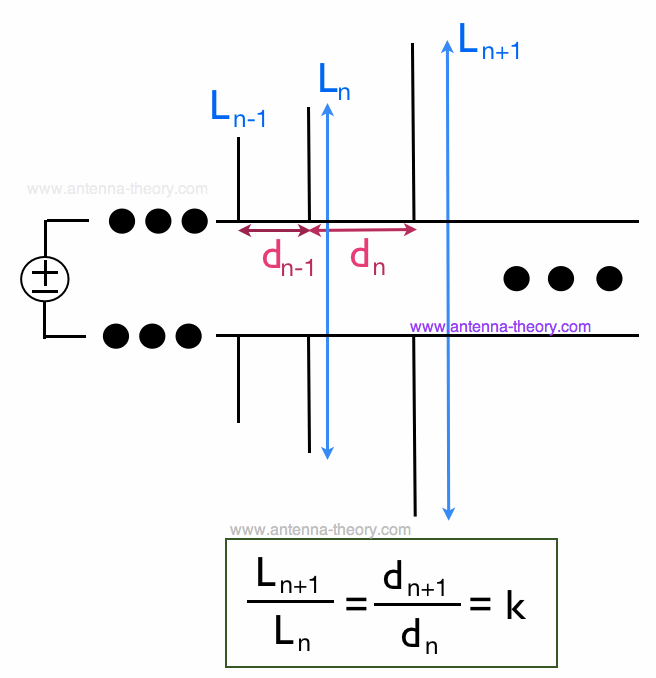log periodic antenna uses which range of frequencies
Log-periodic antennas have the same radiation resistance over their entire frequency range and LPDA antennas based on microstrip structures are easy to design and implement. A log periodic antenna is a specialized type of high frequency antenna.
Antenna can be used for CDMA 2G 3G 4G and Wi-Fi frequencies.
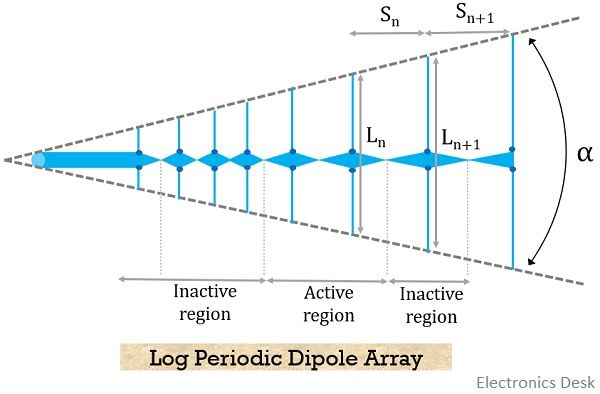
. It is an excellent choice for a single-feedpoint multi-band antenna and the moderate. It is a multi-element directional narrow beam antenna that works on a wide range of frequencies. Frequency range The frequency range in which the log-periodic antennas operate is around 30 MHz to 3GHz which belong to the VHF and UHF bands.
Conical Monopole Antenna - The conical monopole antenna is used in HF communications. It is sometimes used on the HF portion of the spectrum where operation is required on a number of frequencies to enable communication to be maintained. Despite this widespread application simple design data for one of the most useful types - the log periodic - has not been available until now.
On lower frequencies HF VHF a disadvantage of the Log- Periodic Dipole Antenna LPDA is the number of elements needed and therefore weight and. In addition the high power input capacity of the 3144 is ideal for IEC 61000-4-3 testing and applications requiring the generation of field strengths well in excess of 100 Vm. The frequency range in which the log-periodic antennas operate is around 30 MHz to 3GHz which belong to the VHF and UHF bands.
The log-periodic dipole array LPDA consists of a system of driven elements but not all elements in the system are active on a single frequency of operation. The log periodic antenna is used in a number of applications where a wide bandwidth is required along with directivity and a modest level of gain. Log periodic designs vary but the one most commonly used for EMC work is the Log Periodic Dipole Array LPDA of Figure 1 invented by DE.
A Log-periodic antenna is that whose impedance is a logarithamically periodic function of frequency. By nature of its construction with multiple dipoles cut to length across a wide range of frequencies the log periodic will offer very wide bandwidth performance. This means in this antenna.
Wideband log periodic antenna operating from 800MHz to 6GHz with 10 dipoles is designed simulated on HFSS software and is realized on 16 mm Epoxy FR4 substrate. MV-3088M02B-BF Original Model No. A Reconfi- that any of these patch geometries can be used for the gurable U-Koch Microstrip Antenna for design of wideband log-periodic microstrip antennas Wireless Application Progress In Electro and it has been demonstrated that the required magnetics Research PIER 93 pp355-367 frequency band could be achieved by choosing 2009.
This antenna is made of a series of dipoles placed along the antenna axis at different space intervals of time followed by a logarithmic function of frequency. Antennas that exhibit essentially constant performance over a frequency range of 10-to-1 are being used increasingly for civil as well as military communications. The frequency range in which the log-periodic antennas operate is around 30 MHz to 3GHz which belong to the VHF and UHF bands.
The construction and operation of a log-periodic antenna is similar to that of. It is also used at VHF and. The measured isolation between the two mutually orthogonal log-periodic dipole antennas was as low as 43 dBm in the 65-95 MHz range.
This antenna features a tough powder. It features equalized E and H plane beamwidths and its unique feed design provides improved high frequency response and greater power handling capabilities. V-Log Periodic Antenna offers a wide frequency range of 80 MHz to 1 GHz with enhanced gain over standard log periodic dipole array antennas.
THE LOG-PERIODIC DIPOLE ARRAY. Like the Yagi antenna it exhibits forward gain and has a high front to back ratio but the LPDA is able to operate over a much wider bandwidth and will have a lower gain for an equivalent number of elements. A single log periodic antenna can operate well across several amateur bands.
We report the design and performance of a cross-polarized log-periodic dipole CLPD antenna for observations of polarized radio emission from the solar corona at low frequencies. The PMM LP-03 Log Periodic Antenna is designed for radiated EMC applications providing a frequency range of 08 to 6 GHz. Designed antenna has advantages like wide bandwidth simple design and the measured results are persistent.
THE LOG-PERIODIC DIPOLE ARRAY. Band Optimised Log Periodic Dipole 1395. Depending upon its design parameters the LPDA can be operated over a range of frequencies having a ratio of 21 or higher and over this range its.
Frequency Independent Antenna. May be defined as the antenna for which the impedance and pattern and hence the directivity remain constant as a function of the frequency. Upper frequency limit of the antenna is a function of the shortest elements.
The log periodic dipole array LPDA is generally able to operate over a frequency range of around 21 and provide forward gain over a dipole. The range of operation offered by this antenna lies between 30 MHz to 3. PMM LP-03 units can be used in conjunction with any receiver or spectrum analyzer.
The log-periodic dipole array LPDA antenna would be the best candidate for the applications described above as such antennas offer relatively good broadband properties. Construction Working of Log-periodic Antenna. Org for prices starting at US 4950 under Public Sector section of its Mobile Mark military antennas comply with Mil specs such as MIL-810G.
Being log-periodic the antennas main characteristics radiation pattern gain driving point impedance are almost constant over its entire frequency range with the match to a 300 Ω feed line achieving a standing wave ratio of better than 21 over that range. Unlike omnidirectional antennas a log periodic antenna only receives in one direction and unlike standard directional antennas the typical television antennas seen on rooftops these antennas can receive a broad range of frequencies. Basic arrangement of a Log Periodic Dipole Array LPDA.
Isbell of the University of Illinois. Log periodic antenna uses which range of frequencies. The impedance and radiation pattern are the factors that are logarithm function of the frequency.
This log antenna is enables users to measure from 80 MHz to 2 GHz in one sweep which saves time and money by eliminating the need for antenna changes at band breaks. Log-periodic antennas are designed to work across a wide range of frequenciesUHF Advantage. A log-periodic antenna is used in a wide range of applications where variable bandwidth is required along with antenna gain.
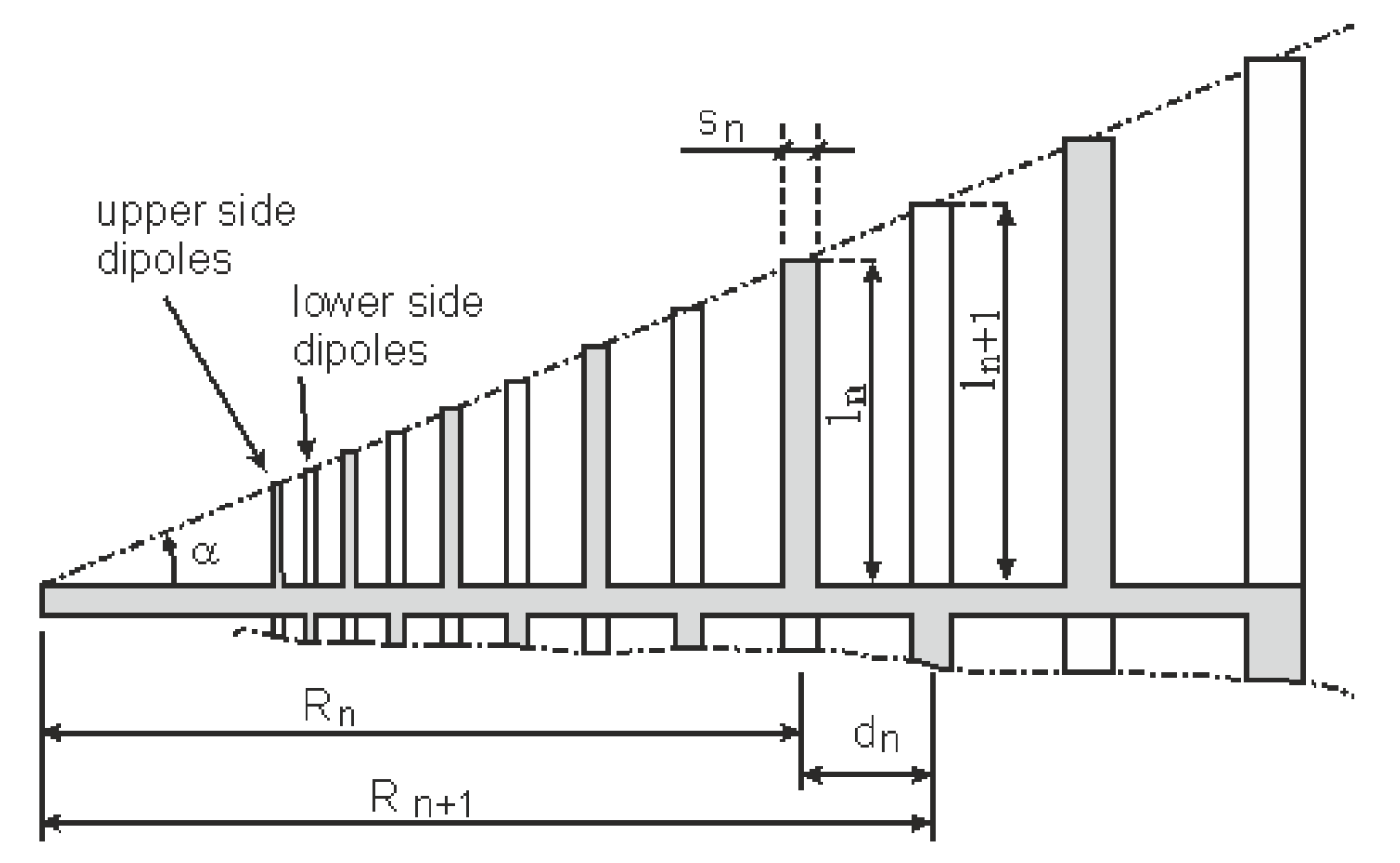
Electronics Free Full Text Enlarged Frequency Bandwidth Of Truncated Log Periodic Dipole Array Antenna Html
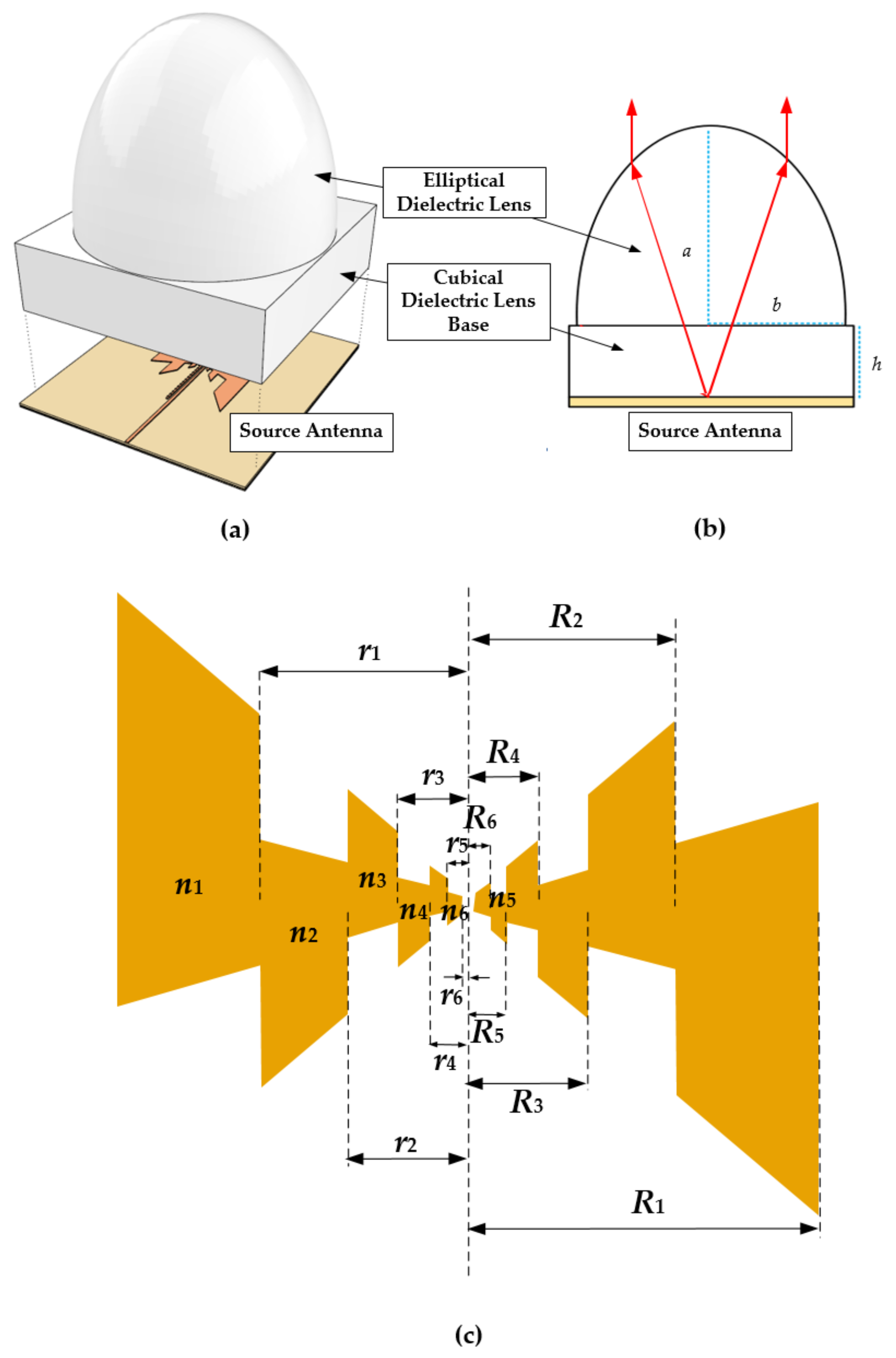
Electronics Free Full Text Ultra Wideband Trapezoidal Log Periodic Antenna Integrated With An Elliptical Lens Html

Outdoor Log Periodic Antenna For 2g 3g 4g Signal Booster Cell Phone Booster Cell Phone Signal Booster Signal Booster
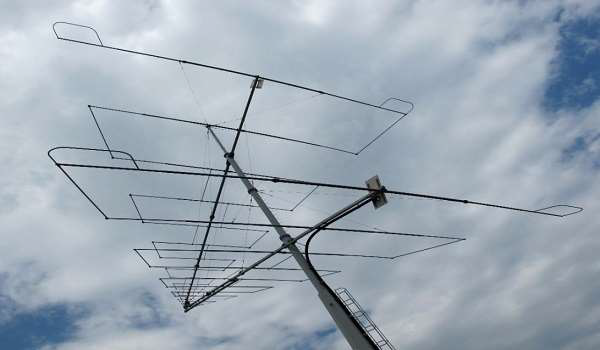
Antenna Theory Log Periodic Antenna

A Printed Log Periodic Dipole Antenna With Broadband Application From 0 5 To 15 Ghz Semantic Scholar

Schematic Diagram Of Log Periodic Dipole Antenna Download Scientific Diagram

Log Periodic Antenna Engineering Projects

Ge Pro Outdoor Tv Antenna Long Range Antenna Weather Resistant 29884 Walmart Com Outdoor Tv Antenna Tv Antenna Outdoor Tv

What Is Log Periodic Antenna Working Characteristics Advantages Disadvantages And Applications Of Log Periodic Antenna Electronics Desk

Log Periodic Antenna Antenna Ham Radio Antenna Radio Antenna

Log Periodic Dipole Antenna Geometry Download Scientific Diagram

Hf Log Periodic Antenna 18 Tactical Single Channel Radio Communications Techniques Antennas Radio Communication Radio Antennas

Advantages Of Log Periodic Antenna Disadvantages Of Log Periodic Antenna
What Is The Purpose Of A Log Periodic Antenna Quora
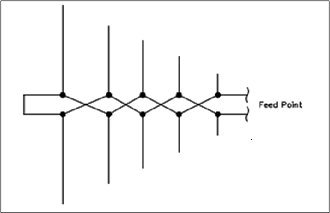
Antenna Theory Log Periodic Antenna
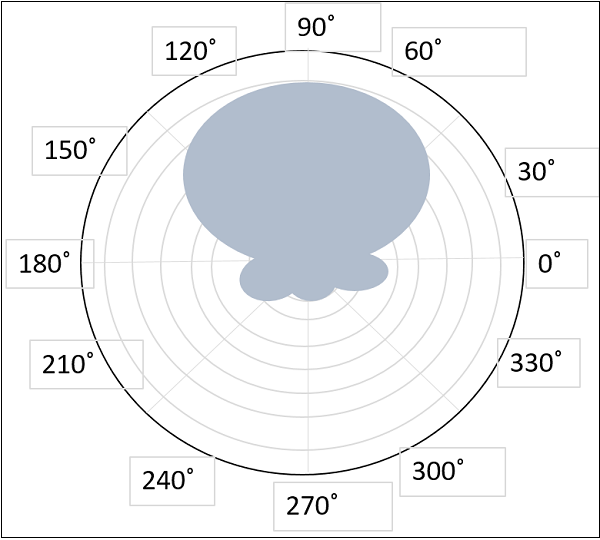
Antenna Theory Log Periodic Antenna

Electronics Club Log Periodic Antenna Antenna Wave Propagation Log Periodic Antenna


